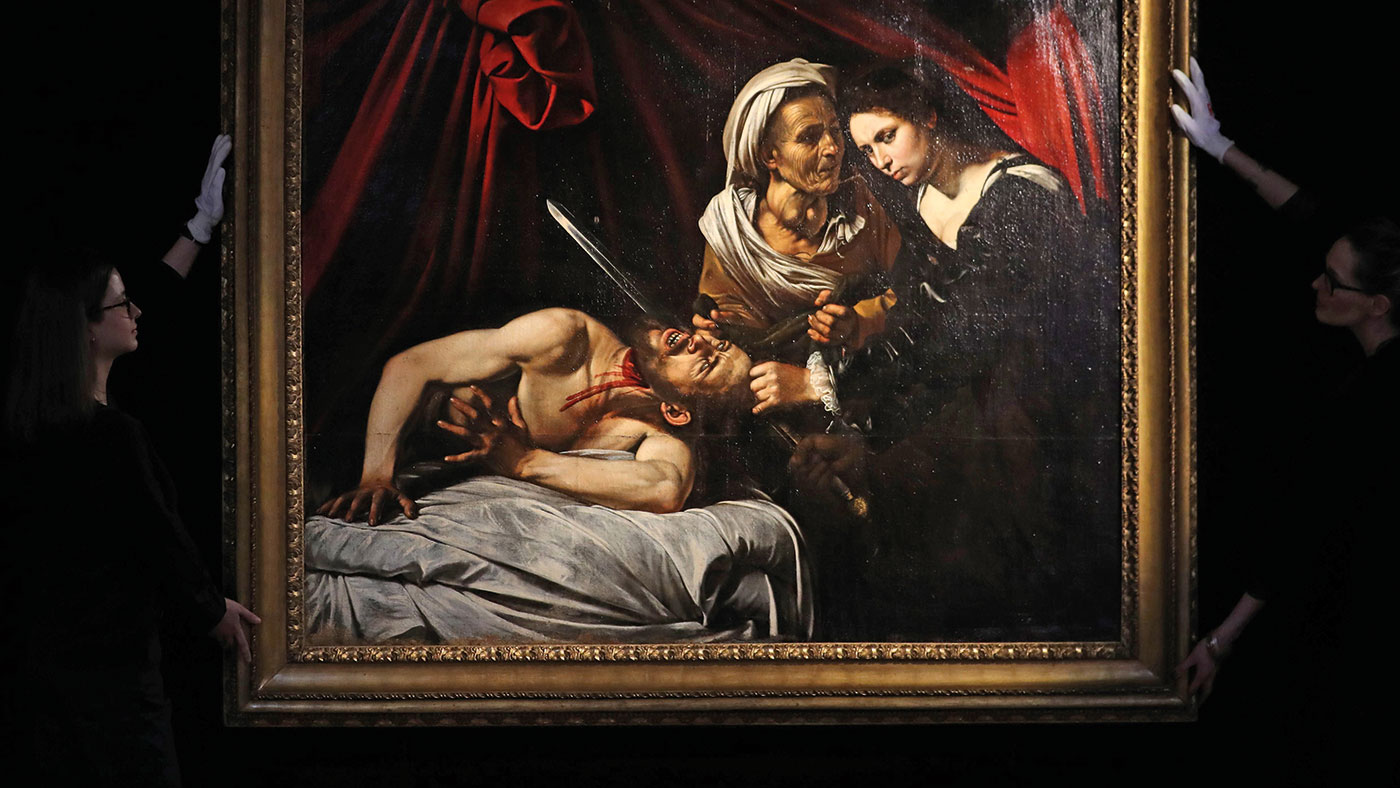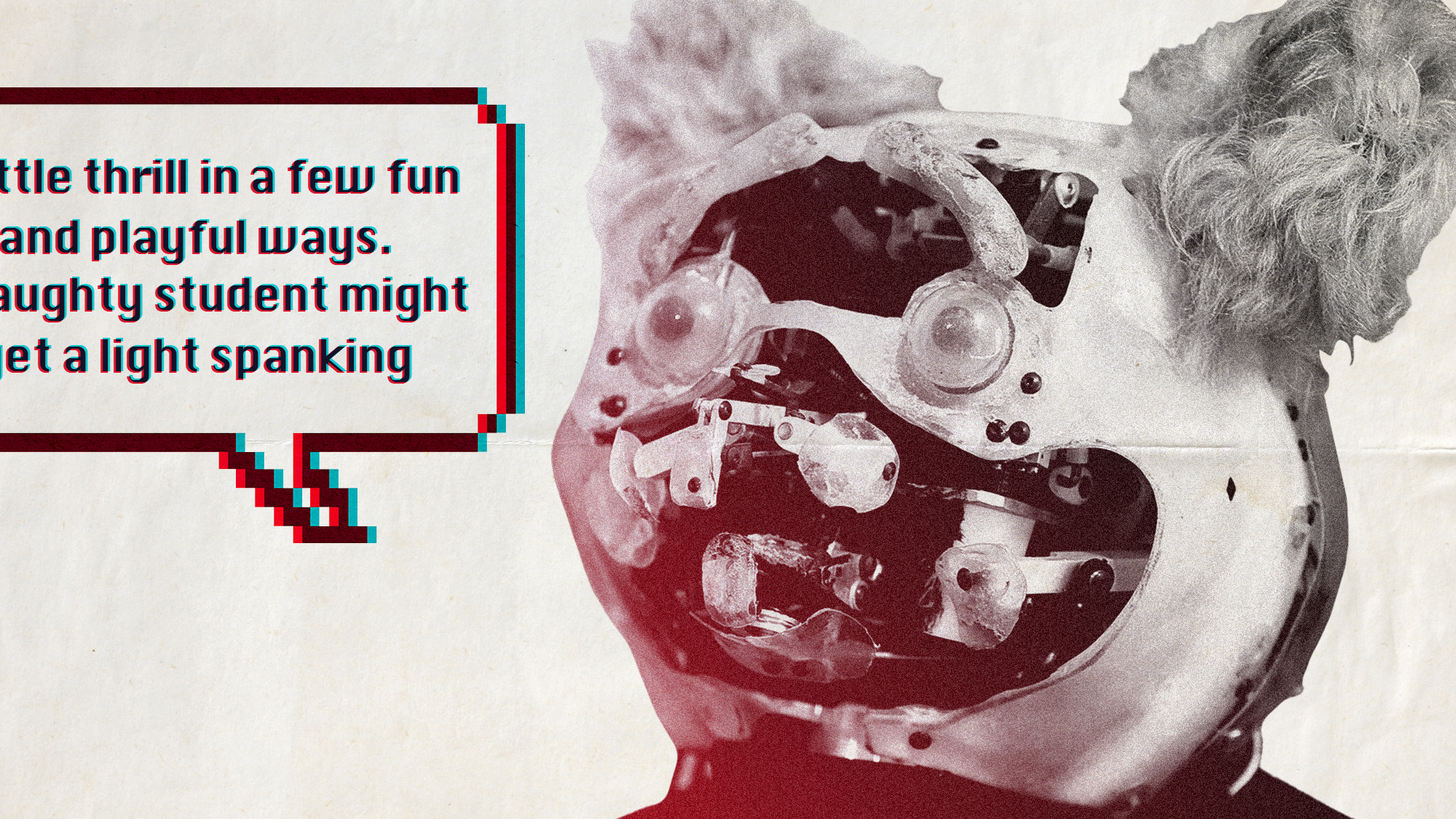Art forgery: why it pays to look twice at lost masterpieces
Auction scandals prove that paintings attributed to great artists can fool even the experts


Last month, thieves in Italy made off with what they thought was a painting by the Flemish master Pieter Brueghel the Younger from a church in Castelnuovo Magra, Liguria. But the piece they made off with was, in fact, worth almost nothing. The police had switched the paintings having learned in advance of the audacious plot.
The robbers can console themselves with knowing that, when it comes to identifying and attributing great works of art, even the experts can get it wrong.
The Week
Escape your echo chamber. Get the facts behind the news, plus analysis from multiple perspectives.

Sign up for The Week's Free Newsletters
From our morning news briefing to a weekly Good News Newsletter, get the best of The Week delivered directly to your inbox.
From our morning news briefing to a weekly Good News Newsletter, get the best of The Week delivered directly to your inbox.
In 2016, Jan Six XI, an art dealer in Amsterdam, realised something wasn’t right when he saw a portrait attributed to Rembrandt’s circle going up for auction with Christie’s in London. Six believed that the way in which the subject’s lace collar was painted, and the fact that Rembrandt at the time of the painting didn’t yet have a circle, meant that the painting was by the master himself.
He acted on his suspicions to buy the painting for £137,000. An argument has since erupted over who spotted what first (a recent article by Russell Shorto in The New York Times Magazine delves into the detail). And there are still those with doubts. Yet “the attribution to Rembrandt is the hypothesis to beat”, art historian Gary Schwartz tells Shorto, meaning the £20,000 high estimate was more than a tad conservative.
Indeed, a “hypothesis to beat” can still translate into tens of millions of pounds. In 2014, auctioneer Marc Labarbe was rummaging around in an attic in Toulouse when he made a startling discovery. Stashed under the rafters – and ignored by burglars who had robbed the house – was a large painting depicting the Biblical spectacle of Judith beheading the Assyrian general Holofernes (pictured). The canvas has since been examined by art scholars and scientists and the masterpiece, dated to around 1607, is believed to have been created by none other than Caravaggio.

“But it is a compelling case rather than a categorical one and that presents a dilemma,” says Mark Brown in The Guardian. “The poor buyer of this picture will not enjoy it,” agrees Eric Turquin, a Paris-based expert. “He will have to have a special mailbox for all the emails.” That and the €100m-€150m the painting is expected to fetch when it goes up for auction on 27 June in Toulouse – note, interestingly, without a reserve price. Note, too, that the French government initially slapped an export ban on it, but the Louvre passed up the chance to buy it (although there are other reasons beside doubt for this). Still, the buyer will have to have considerable faith in the “hypothesis to beat” before they part with upwards of €100m.
A free daily email with the biggest news stories of the day – and the best features from TheWeek.com
Lastly, if you thought there couldn’t possibly be any more lost Leonardos out there following the media sensation that was the sale of the contentious Salvator Mundi in 2017, think again. A 16th-century charcoal drawing of a woman, known as the Monna Vanna (and the “Naked Mona Lisa” by the press), has been declared to be mostly from the hand of the master himself following careful analysis. It’s not definitive – but that won’t overly bother the Condé museum in Chantilly, northern France, which owns the drawing.

What goes up…
What can be reevaluated up in value, can also be devalued by the art detectives. That was the unfortunate experience of St Mary’s church in Hadleigh, Suffolk, in the 1950s. The church had long believed itself to be the owner of a valuable painting (pictured) by Canaletto – a gift from the artist resulting from a visit to Hadleigh. In the mid-1700s, Canaletto had stayed with the rector of St Mary’s, Thomas Tanner, who was also a wealthy patron of the arts. But the local legend was dispelled last century, when art historian WG Constable visited the church, and declared the work to be not by Canaletto. He said it was worth just £100.
Constable was half right, it turns out. In 2015, art appraiser James Glennie’s suspicions about the painting were roused during a routine insurance assessment. He called on Charles Beddington, a Savile Row dealer specialising in Venetian painting, to take a look. Last month Beddington confirmed that the painting is indeed not by Canaletto – but rather by his esteemed contemporary, Michele Marieschi. It has been valued at around £500,000.
That was enough for Father Jo Delfgou of St Mary’s Church, who told The Daily Telegraph: “It’s very exciting to discover that what we had been told was pretty worthless is in fact of significant value and will allow us to carry out repairs we so desperately need. We’re not used to having this kind of money.”
This article was originally published in MoneyWeek
-
 8 incredible destinations to visit in 2026
8 incredible destinations to visit in 2026The Week Recommends Now is the time to explore Botswana, Mongolia and Sardinia
-
 Wave of cancellations prompt Kennedy Center turmoil
Wave of cancellations prompt Kennedy Center turmoilIN THE SPOTLIGHT Accusations and allegations fly as artists begin backing off their regularly scheduled appearances
-
 The dark side of how kids are using AI
The dark side of how kids are using AIUnder the Radar Chatbots have become places where children ‘talk about violence, explore romantic or sexual roleplay, and seek advice when no adult is watching’